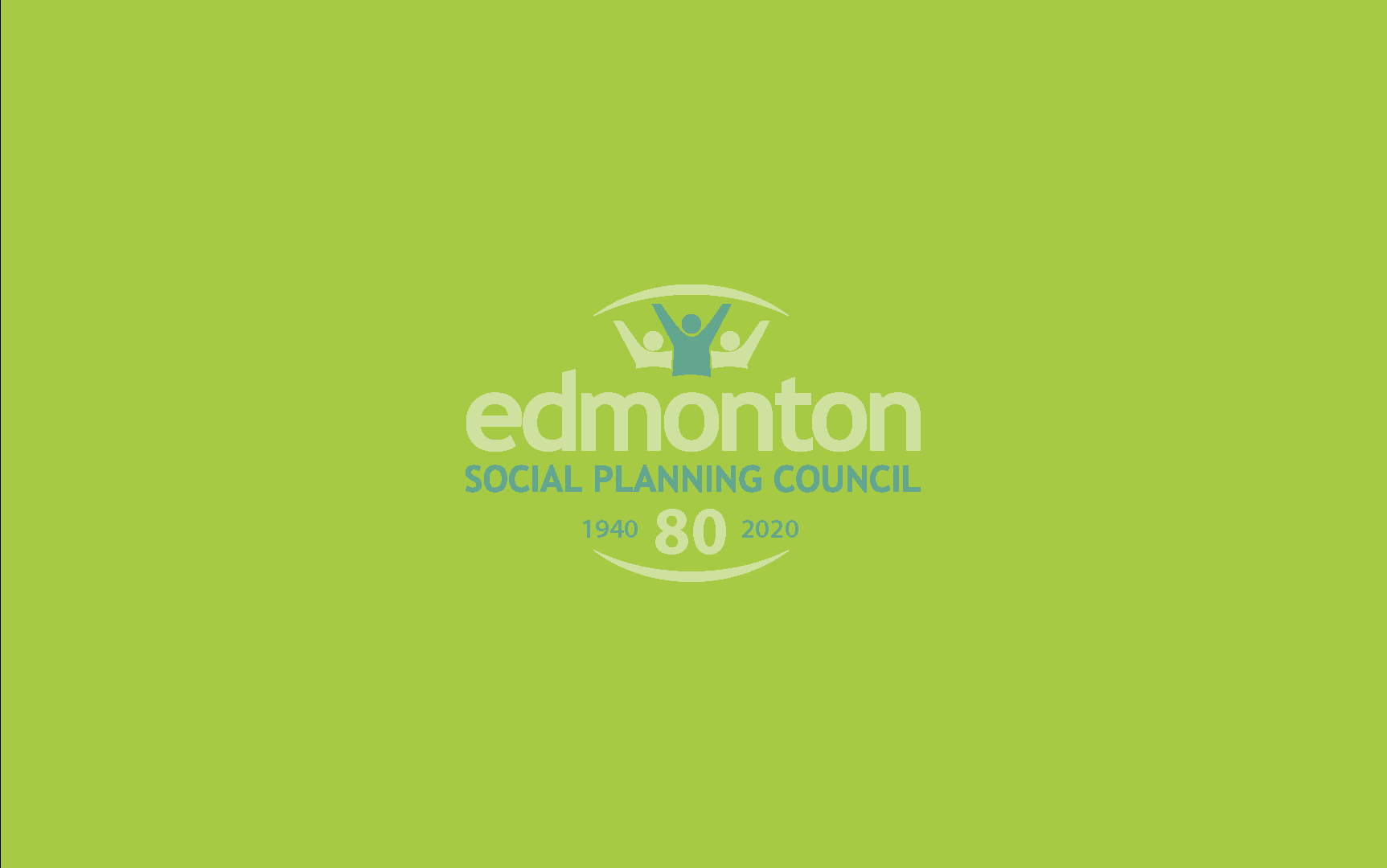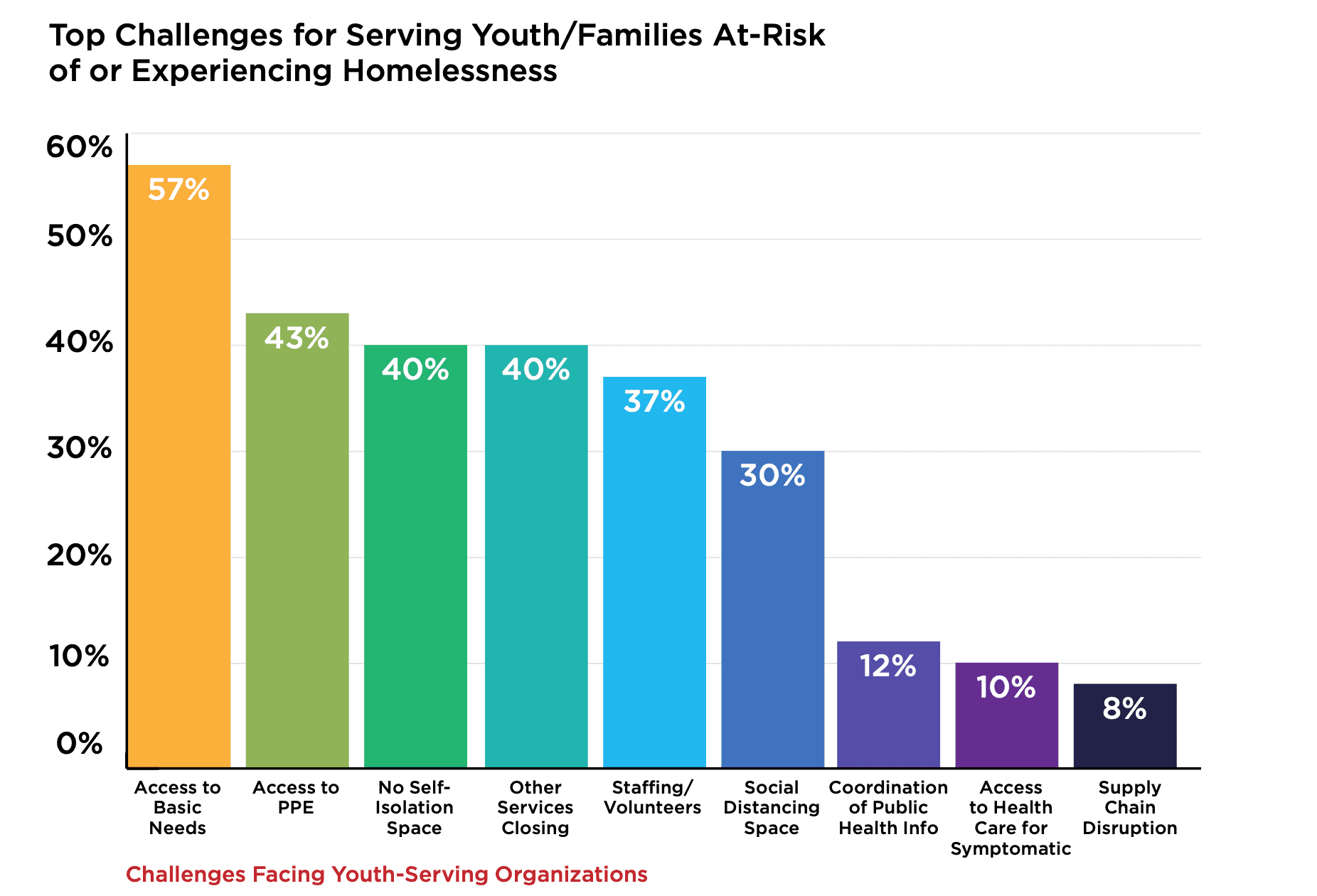[et_pb_section fb_built=”1″ _builder_version=”4.7.0″ custom_margin=”0px||0px||false|false” custom_padding=”0px||0px||false|false”][et_pb_row column_structure=”3_4,1_4″ use_custom_gutter=”on” gutter_width=”1″ _builder_version=”4.7.3″ _module_preset=”default” width=”100%” custom_margin=”0px||||false|false” custom_padding=”3px||5px|||” border_width_bottom=”1px” border_color_bottom=”#a6c942″][et_pb_column type=”3_4″ _builder_version=”4.7.0″ _module_preset=”default”][et_pb_post_title meta=”off” featured_image=”off” _builder_version=”4.7.4″ _module_preset=”default” title_font=”||||||||” custom_margin=”||3px|||” border_color_bottom=”#a6c942″][/et_pb_post_title][/et_pb_column][et_pb_column type=”1_4″ _builder_version=”4.7.0″ _module_preset=”default”][et_pb_image src=”https://edmontonsocialplanning.ca/wp-content/uploads/2020/12/COLOUR-BLOCKS_spaced-300×51.png” title_text=”COLOUR BLOCKS_spaced” align=”center” _builder_version=”4.7.7″ _module_preset=”default” max_width=”100%” module_alignment=”center” max_height=”50px” custom_margin=”0px|0px|0px|0px|false|false” custom_padding=”10px|0px|10px|0px|false|false”][/et_pb_image][/et_pb_column][/et_pb_row][et_pb_row column_structure=”3_4,1_4″ use_custom_gutter=”on” gutter_width=”1″ make_equal=”on” _builder_version=”4.7.4″ background_size=”initial” background_position=”top_left” background_repeat=”repeat” width=”100%” custom_margin=”0px|auto|0px|auto|false|false” custom_padding=”37px|0px|44px|0px|false|false”][et_pb_column type=”3_4″ _builder_version=”4.5.6″ custom_padding=”0px|0px|0px|0px|false|false” custom_padding__hover=”|||”][et_pb_text _builder_version=”4.7.4″ _dynamic_attributes=”content” _module_preset=”default” text_font=”||||||||” text_text_color=”#000000″ custom_padding=”||32px|||”]@ET-DC@eyJkeW5hbWljIjp0cnVlLCJjb250ZW50IjoicG9zdF9kYXRlIiwic2V0dGluZ3MiOnsiYmVmb3JlIjoiIiwiYWZ0ZXIiOiIiLCJkYXRlX2Zvcm1hdCI6ImRlZmF1bHQiLCJjdXN0b21fZGF0ZV9mb3JtYXQiOiIifX0=@[/et_pb_text][et_pb_text _builder_version=”4.7.3″ text_line_height=”1.6em” header_2_font=”|600|||||||” header_2_text_color=”#008ac1″ header_2_font_size=”24px” background_size=”initial” background_position=”top_left” background_repeat=”repeat” width=”95%” module_alignment=”left” custom_margin=”-1px|0px|2px|-96px|false|false” locked=”off”]
Since the death of George Floyd at the hands of a police officer in Minneapolis, we have seen a swell of protests under the banner of Black Lives Matter, drawing attention to the ways in which Black, Indigenous, and people of colour (BIPOC) are oppressed in contemporary society, and calling for social change.
Black Lives Matter (BLM) an international, member-led, global network that “organize[s] and build[s] local power to intervene in violence inflicted on Black communities by the state and vigilantes” (Black Lives Matter, n.d.). It was created by a trio of Black women in California after the man who killed Trayvon Martin was acquitted in 2013, and grew as attention was drawn to multiple incidences in the USA in which police caused the deaths of Black individuals—and were never charged. In Canada, people protested in solidarity and formed BLM chapters across the country, most notably in Toronto. This group has drawn attention to police killings within the municipal region (Furman, Singh, Darko, & Wilson, 2018; Cole, 2020). BLM largely focuses on police violence but addresses many other areas in which Black people are oppressed, and purposely centers the concerns of female and LGBTQ+ members. For example, In 2016, BLM stopped the Pride parade in Toronto to point out that the Pride organization was not addressing the unique needs of Black LGBTQ+ people, and demanded better treatment (Furman, Singh, Darko, & Wilson, 2018; Cole, 2020). While BLM focuses on issues of police and state brutality, they also work to highlight the lack of leadership positions held by Black trans, queer, or feminine individuals.
Alongside BLM, there are many Canadian academics and writers who write about the oppressions Black people face in contemporary society. Below are just a few examples:
- Desmond Cole looks at the ways in which institutions, such as the police, schools, and immigration system, perpetuate anti-Black racism and white supremacy in Canada. He also shows the power of Black communities through highlighting how activists have resisted and fought for change. Read: Cole, D. (2020). The skin we’re in. Double Day Canada
- Robyn Maynard traces the legacy of slavery into modern institutions in the Canadian context, and the ways in which these institutions perpetuate contemporary issues such as poverty, unemployment, racial profiling, incarceration, child removal, and low graduation rates. Read: Maynard, R. (2017). Policing Black lives: State violence in Canada from slavery to the present. Halifax: Fernwood Publishing
- Rinaldo Walcott researches a variety of topics related to Black Canadians, ranging from the role of Black Canadians and culture in defining Canada, to the ways in which the Canadian state ignores violence against Black people. Read: Walcott, R. & Abdillahi, I. (2019). Blacklike: Post-BLM and the struggle for freedom. Winnipeg: ARP Books
BLM comes from a long history of Black-led social movements. Members take inspiration from this history, but also recognize the limitation of these movements and seek to fill those gaps. As such, ESPC decided to look at the history of Black-led social movements and protest in Canada, the changes that occurred because of them, and their limitations.
The Early 20th Century
Around the time of the First World War, many Black Canadians noticed the irony of fighting against oppression overseas, only to face oppression when they came home (Calliste, 1995; Waters, 2014). In 1917, Black sleeping car porters, working for some of the largest rail companies, started the first Black worker’s union to fight for better working conditions after they were denied access to White unions (Tomchuck, n.d).
In Nova Scotia, Viola Desmond—the face of the Canadian 10 dollar bill—fought racism by refusing to leave a “Whites only” section in a Nova Scotia movie theater back in 1946, an act for which she was arrested (Bingham, 2019).
The Civil Rights Movement
During the Civil Rights Movement, Canadians formed numerous organizations such as the Alberta Association for the Advancement of Coloured Peoples (Smith & Raphael, n.d.; Waters, 2014). This sweeping movement brought about human rights laws that prohibited discrimination. Many of these laws focused on removing employment discrimination, so Black Canadians could have more opportunity for economic advancement. Unfortunately, these laws were fairly limited in what they could accomplish, and didn’t address the fundamental nature of systemic racism (Callister, 1995; Waters, 2014).
Black Power
Black Canadians were deeply involved in the Black Power movement. Black Power arose from young Black people who believed the Civil Rights Movement did not go far enough. They went beyond fighting against discrimination, and fought for Black economic and political power. Rather than being “allowed” into white institutions, they wanted to re-think the social order (Calliste, 1995).
In 1968, the Congress of Black Writers held an event at which Black Canadians and prominent Black Power members met to discuss Black liberation, and empowering young people to act against racism (Austin 2013). Shortly after, the George Williams affair in Montreal (1969), was spurred after George Williams University administration dismissed claims that a professor was unfairly giving Black students low grades. In protest, the students occupied the campus computer room for 14 days. The affair ended when police stormed the room, beating the protesters and arresting 97 of them (Austin 2013; Forsyth, 1971). In following years, several pieces of legislation were implemented to address systemic barriers that Black and other marginalized people faced, including the Canadian Human Rights Act (1977) the Employment Equity Act (1986), and the Alberta Human Rights Act (1996) (Smith & Raphael, n.d.). The Black Power movements also had limitations as it did not address the unique needs of Black women, and in doing so may have perpetuated gender-based discrimination within the movement (Calliste, 1995).
Black Canadians have had a long history of fighting against individual, institutional, and systemic racism. However, there is still a lot of work to be done. These past movements have brought in anti-discrimination and human rights laws, yet Black Canadians continue to face discrimination and oppression. Some are now advocating for an anti-racist approach, in which we identify, challenge, and dismantle structures that promote racism, and create and support ones that promote racial equity.
Sources:
Austin, D. (2013). Fear of a black nation: Race, sex and security in sixties Montreal. Toronto: Between the lines
Lorde, A. (1984). The master’s tools will never dismantle the master’s house. In: Sister outsider: Essays and Speeches (pp.110-114). New York: The Crossing Press
Bingham, R. (2019). Viola Desmond. The Canadian Encyclopedia. https://www.thecanadianencyclopedia.ca/en/article/viola-desmond
Black Lives Matter (n.d.). What we believe. Black Lives Matter. https://blacklivesmatter.com/what-we-believe/
Calliste, A. (1995). The influence of the civil rights and black power movements in Canada. Race, Gender, and Class 2(3). P. 123-139.
Cole, D. (2020). The skin we’re in. Double Day Canada
Furman, E., Singh, A. K., Darko, N. A., & Wilson, C. L. (2018). Activism, intersectionality, and community psychology: The way in which Black Lives MAtter Toronto helps us examine white supremacy in Canada’s LGBTQ Community. Community Psychology in Global Perspective, 4(2), 34-54. DOI: 10.1285/i24212113v4i2p34
Forsythe, D. (1971). Let the niggers burn: The Sir George Williams University affair and its Caribbean aftermath. Montreal: Black Rose Books-Our Generation Press
Smith, M., & Raphael, D. (n.d.). Focus on visible minorities: Key equity and human rights milestone in Alberta & Canada. University of Alberta
Tomchuck, T. (n.d.). Black sleeping car porters: The struggle for Black labour rights on Canada’s Railways. Canadian Museum for Human Rights. https://humanrights.ca/story/sleeping-car-porters
Waters, R. (2014). African Canadian anti-discrimination activism and the transnational civil rights movement, 1945-1965. Journal of the Canadian Historical Association, 24(2), 386-424. https://www.erudit.org/en/journals/jcha/2013-v24-n2-jcha01408/1025083ar/
[/et_pb_text][/et_pb_column][et_pb_column type=”1_4″ _builder_version=”4.7.4″ custom_padding=”0px|20px|0px|20px|false|false” border_color_left=”#a6c942″ custom_padding__hover=”|||”][et_pb_testimonial author=”Posted by:” job_title=”@ET-DC@eyJkeW5hbWljIjp0cnVlLCJjb250ZW50IjoicG9zdF9hdXRob3IiLCJzZXR0aW5ncyI6eyJiZWZvcmUiOiIiLCJhZnRlciI6IiIsIm5hbWVfZm9ybWF0IjoiZGlzcGxheV9uYW1lIiwibGluayI6Im9uIiwibGlua19kZXN0aW5hdGlvbiI6ImF1dGhvcl93ZWJzaXRlIn19@” portrait_url=”@ET-DC@eyJkeW5hbWljIjp0cnVlLCJjb250ZW50IjoicG9zdF9hdXRob3JfcHJvZmlsZV9waWN0dXJlIiwic2V0dGluZ3MiOnt9fQ==@” quote_icon=”off” disabled_on=”on|off|off” _builder_version=”4.7.4″ _dynamic_attributes=”job_title,portrait_url” _module_preset=”default” body_text_color=”#000000″ author_font=”||||||||” author_text_align=”center” author_text_color=”#008ac1″ position_font=”||||||||” position_text_color=”#000000″ company_text_color=”#000000″ background_color=”#ffffff” text_orientation=”center” module_alignment=”center” custom_margin=”0px|0px|4px|0px|false|false” custom_padding=”32px|0px|0px|0px|false|false”][/et_pb_testimonial][et_pb_text disabled_on=”on|off|off” _builder_version=”4.7.4″ _dynamic_attributes=”content” _module_preset=”default” text_text_color=”#000000″ header_text_align=”left” header_text_color=”rgba(0,0,0,0.65)” header_font_size=”20px” text_orientation=”center” custom_margin=”||50px|||” custom_padding=”48px|||||”]@ET-DC@eyJkeW5hbWljIjp0cnVlLCJjb250ZW50IjoicG9zdF9jYXRlZ29yaWVzIiwic2V0dGluZ3MiOnsiYmVmb3JlIjoiUmVsYXRlZCBjYXRlZ29yaWVzOiAgIiwiYWZ0ZXIiOiIiLCJsaW5rX3RvX3Rlcm1fcGFnZSI6Im9uIiwic2VwYXJhdG9yIjoiIHwgIiwiY2F0ZWdvcnlfdHlwZSI6ImNhdGVnb3J5In19@[/et_pb_text][/et_pb_column][/et_pb_row][/et_pb_section]

